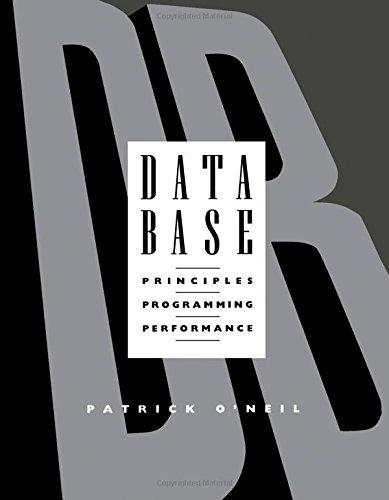Question
Can you please fix the comments bellow, using MAtLab You are required to have a user input for the number of points to plot, so
Can you please fix the comments bellow, using MAtLab
You are required to have a user input for the number of points to plot, so that you can explore the effects of this value on the check. Make the prompt more meaningful. You need an array of x values to check your calculation. You should not "hardwire" the number of points in your x array. Instead, the number of points should be defined by the user. The range of x should be from -4 to 4. Use "x" as the variable name. Find a more efficient way of defining R(x) and the terms of the partial fraction expansion. For instance, define the denominators (x-1), (x-2), and (x-3), and use each multiple times. Your check is wrong. You need to use the ABS function. Create an array that should be zero if R(x) = R1(x) + R2(x) + R3(x). If you sum your array of values, the result can be very small even if all of the values are not very small, because some positive values can cancel negative values, which means the check is not very convincing. The explanation of why the check does not always work is missing. Try more values of n until you see a pattern of what works and what doesn't. Output the check to the Command Window. Run your script multiple times, with many different values of N, such that the check works sometimes but doesn't work at other times. Once you see the pattern you can answer the question of why the check does not always work.
%--------------------------------------------- function []=test() R=@(x) (2+3*x+4*x^2)/((x-1)*(x-2)*(x-3)); % R(x)=N(x)/D(x) as an anonymous function xtemp=[-3, -2, -1]; % some random x value in x=[-4, 4] y=[]; % stores R(x) for different value of x for(i=1:3) % for x=xtemp, y is calculated y(i)=R(xtemp(i)); end A=[]; % 3x3 matrix, for 1/(x-1), 1/(x-2), 1/(x-3) % A*c=y and then c=inverse(A)*y, where c=[c1, c2, c3] %for xtemp, A is calculated for(i=1:3) xi=xtemp(i); row=[1/(xi-1), 1/(xi-2), 1/(xi-3)]; A(i, :)=row; end c=inv(A)*y'; % c=[c1, c2, c3] % Rx=R1(x)+R2(x)+R3(x)=c1/(x-1)+c2/(x-2)+c3/(x-3) Rx=@(x) c(1)/(x-1)+c(2)/(x-2)+c(3)/(x-3); Rxx=[]; % stores Rx(x) when x=xtemp to see if y is equal to Rxx % if they are equal then R1=c1/(x-1), R2=c2/(x-2), R3=c3/(x-3) for(i=1:3) Rxx(i)=Rx(xtemp(i)); end % As expected Rxx is same as y, therefore, R1, R2 and R3 are correct. %Value of c=[c1, c2, c3] c end

Step by Step Solution
There are 3 Steps involved in it
Step: 1

Get Instant Access to Expert-Tailored Solutions
See step-by-step solutions with expert insights and AI powered tools for academic success
Step: 2

Step: 3

Ace Your Homework with AI
Get the answers you need in no time with our AI-driven, step-by-step assistance
Get Started


